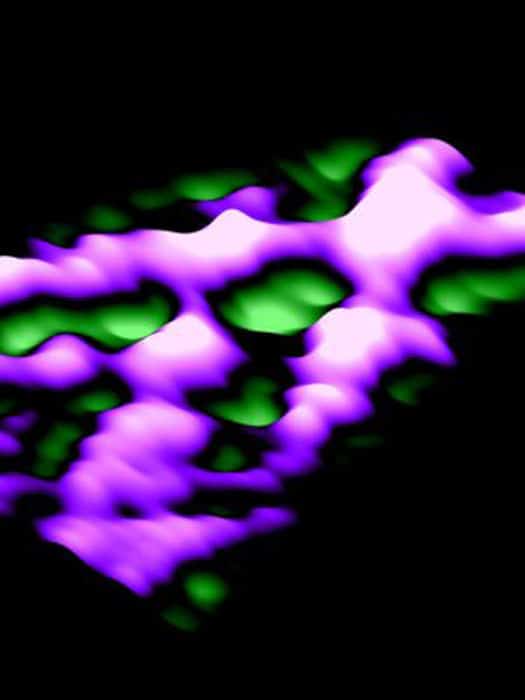
Researchers in Spain and the US have discovered that ultraslow waves occur during the expansion of living tissue. These waves could explain how cells migrate to the right places for an organism to grow, repair itself or develop tumours.
Growth, repair and the development of tumours are all processes that involve the expansion of a monolayer of cells, or “epithelial expansion”. If you have a small wound, for example, the wound will form a scab and, beneath that, a matrix for the construction of new tissue. But in the final stage, a monolayer of cells will migrate from undamaged tissue to form a new outer-boundary layer.
Understanding this migration has been difficult. The dynamics of the protein network or “cytoskeleton” within cells that governs cell propulsion occurs at speeds of several microns per second. However, cell motion itself is stifled by viscous drag and is therefore thousands of times slower, at just a few microns per hour. Such a disparity has troubled scientists, who are trying to explain how the migration is guided. Experiments on cell cultures have revealed the production and spatial distribution of mechanical forces during migration. Nonetheless, a complete description of the mechanical forces – and the rules that govern them – has in the past been out of reach.
Measuring forces
Xavier Trepat and colleagues at the Institute for Bioengineering of Catalonia in Barcelona and Harvard University have now found a way to tease out some of these mechanical rules. They grew a monolayer culture of canine epithelial cells within a mask and then removed the mask to study the subsequent expansion. Using techniques known as traction-force microscopy and monolayer-stress microscopy, the researchers measured the expansion and mechanical forces in one dimension. To their surprise, they discovered wave-like crests that formed at the edges of the cell monolayer and propagated inwards at roughly twice the speed of the cells’ migration.
The wave is a bit like a traffic jam seen from above, says Trepat. Like stopping and starting cars, the cells ripple in density throughout the monolayer. This happens slowly, at about 1 mm per day. The wave transmits mechanical stress from the moving front of the monolayer to the centre of the group. Although the researchers cannot be sure of the function of the wave, they believe that it might help control the cell monolayer’s movement.
Signalling with a wave
Biomedical engineer Yu-li Wang of Carnegie Mellon University in the US thinks the discovery adds to a body of evidence that suggests that cells cannot just communicate via chemical signals, but via mechanical signals too. “The kind of waves described in this paper is predictable although never demonstrated,” he says.
Biophysicist Rhoda Hawkins at the University of Sheffield, UK, agrees. “[The study] shows the importance of [the] physical properties of such cellular systems,” she says. “Cells are not just bags of chemicals – they interact mechanically with the environment and each other.” She adds, however, that because the researchers did not provoke the cell expansion by cutting, the results are probably more relevant to cancer growth than wound healing.
Trepat says that his group is now going to investigate whether the waves exist in other types of tissue and whether there is any interplay with chemical signalling. “So, how this mechanical wave talks to the biochemistry,” he adds.
The research is published online in Nature Physics.



